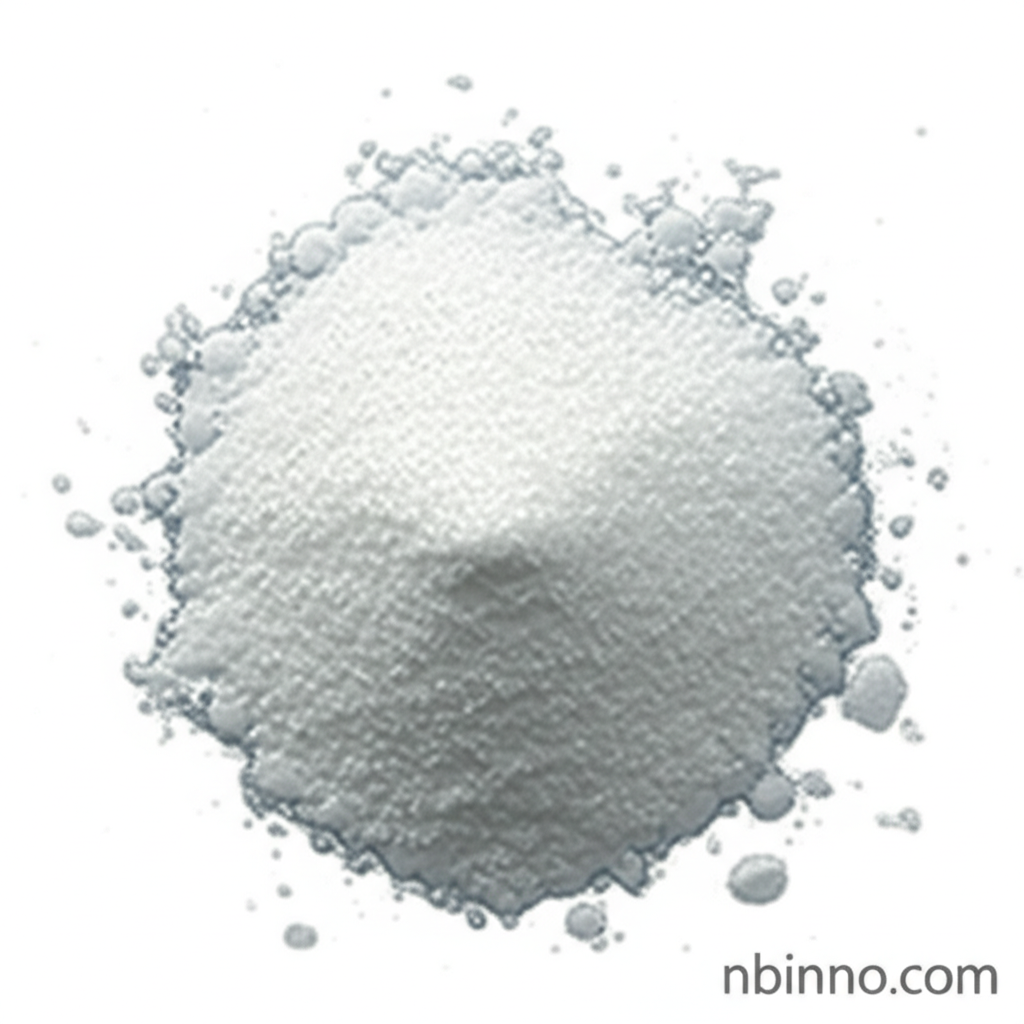5-(3,4-Dichlorophenyl)-1H-Pyrazole-3-Carboxylic Acid: Synthesis, Applications, and Properties
Explore the chemical versatility and biological potential of this key pyrazole derivative, a crucial component in advanced research and development.
Get a Quote & SampleProduct Core Value

5-(3,4-Dichlorophenyl)-1H-Pyrazole-3-Carboxylic Acid
This compound stands as a critical organic building block, widely utilized in the synthesis of complex molecules and as a valuable intermediate in the pharmaceutical industry. Its unique structure, featuring a pyrazole core with specific phenyl and carboxylic acid substitutions, bestows upon it versatile chemical reactivity and significant potential in medicinal chemistry research.
- This compound is an important organic building block for synthesis, enabling the creation of more complex heterocyclic structures and derivatives essential for drug discovery.
- The biological activity of pyrazole derivatives is well-documented, with this specific molecule showing promise in preclinical studies for its anticancer and antimicrobial properties, making it a focus for pharmaceutical research.
- As a pharmaceutical intermediate, its reliable supply and consistent purity are crucial for the efficient development of novel therapeutic agents.
- The study of chemical synthesis methods for this compound is ongoing, aiming for higher yields and greener processes suitable for industrial scale-up.
Key Advantages
Synthesis Versatility
The diverse chemical synthesis methods available for this pyrazole carboxylic acid derivative allow for its modification and incorporation into a wide array of target molecules, crucial for exploring various applications. Understanding these methods is key to unlocking its full potential.
Biological Activity Potential
Research into the biological activity of pyrazole derivatives highlights this compound's significant potential, particularly in its anticancer and antimicrobial properties, opening avenues for new drug development and treatment strategies.
Research and Development Focus
As a key organic building block for synthesis, it facilitates advancements in medicinal chemistry and the development of novel pharmaceutical intermediates, driving innovation in the healthcare sector.
Key Applications
Organic Synthesis
Utilized as a fundamental building block for constructing complex organic molecules and novel heterocyclic compounds, essential for advanced chemical research.
Medicinal Chemistry
Investigated for its potential therapeutic applications, leveraging the known biological activity of pyrazole derivatives in developing new drugs for various diseases.
Pharmaceutical Research
Serves as a crucial pharmaceutical intermediate, enabling the synthesis of active pharmaceutical ingredients (APIs) and the exploration of new drug candidates.
Biochemical Reagents
Employed as a specialized reagent in biochemical studies and laboratory research, aiding in the understanding of molecular mechanisms and biological processes.
